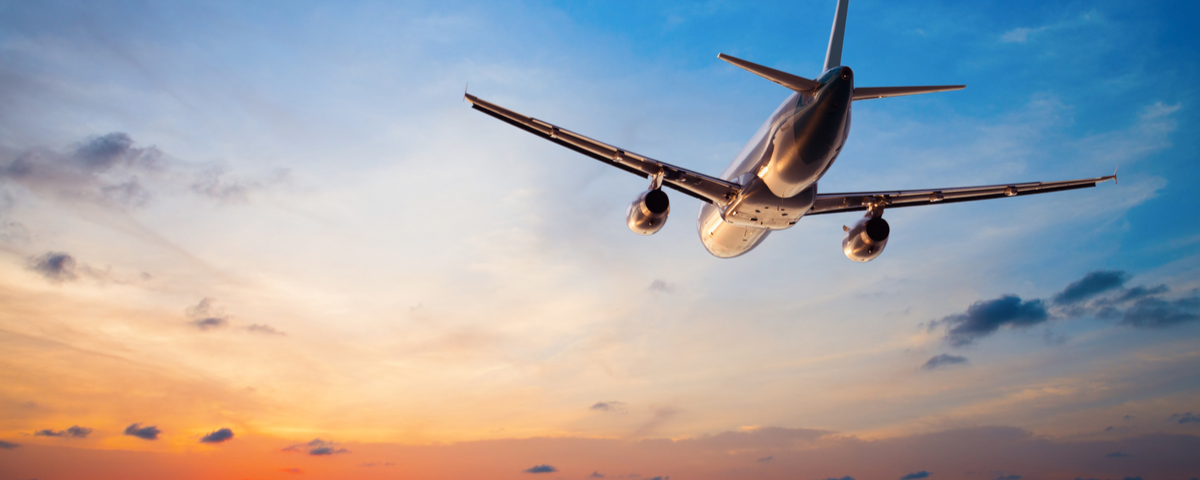From younger travellers to the aviation sector, to the hotel industry. Travel risk continues evolving and shaping the global travel sector during the COVID era, a time where the industry’s resilience is challenged.
In the current changing global environment, travellers tend to postpone sine die or even cancel their trips more often due to the overall lack of agreement to deal with the pandemic. Health and safety measures vary from country to country, sometimes even within regional borders, and can be almost opposite when travelling from one continent to another. Entry rules are another element subject to sudden changes that has a massive impact on travel demand in terms of destinations’ perceived risks. In addition, measures like temperature checks, PCR tests, and the potential introduction of health certificates to fly, although being helpful to contain the disease’s spread, may become time-consuming and promote a general review of the need to travel.
In other words, risks associated with travel are no longer the same they used to be. Therefore, new trends are starting to arise in the global travel market. For example, younger travellers are fearful to infect their close relatives yet not themselves. This possibility of contracting the disease when travelling is promoting travels in smaller groups which may have a consequent impact in some segments. This general higher level of perceived risk is the main driver of travellers switching from long-haul trips to domestic travels and short staycations, with road trips and stays at a home rental on the rise. But there are more repercussions for the industry.
Sanitation is a new asset in terms of marketing strategies for travel and tourism businesses. While some exclusive hotels may benefit from the current trend of seeking less crowded experiences, smaller companies may struggle to adapt to the new normal. A transformation is already going on and reshaping not just businesses, but destinations and travel experiences themselves. Technology will be crucial to both facilitate safe travels and diversify the destinations’ offers. Contactless technologies combined with AI elements are necessary for ensuring the prosperity of the sector. Finally, a well-prepared workforce remains one of the industry’s key assets.
The pandemic has labelled as higher risk activities experiences like mass gatherings or going on cruises. Transportation companies within the tourism industry have seen how their levels of risk escalated since the outbreak of the pandemic. Particularly, the aviation sector faces an ongoing transformation caused by the current disruption that keeps shaping our industry. COVID-19 brings higher fares and fewer routes for travellers as well as new health and safety measures never seen before, especially for western countries, which range from the pre-flight stage to the stay in the destination. The pandemic has challenged airlines to adjust their strategies and strive to find new actions to adapt to what seems to be a new era of air travel. Some segments of travellers are still doubtful about flying as they are not willing to fill confined cabin spaces yet. Carriers attempt to reduce health risks by either proposing measures such as keeping middle seats empty or putting in place actions like equipping cabin crews with PPE. Meanwhile, the aviation sector awaits the establishment of safe air corridors. An arduous task that requires reviewing national healthcare systems, border control procedures, as well as testing and tracing methods.
However, airlines are dealing with other types of pressing risks in terms of profitability and liquidity. These financial concerns are the main reason why carriers are keen to increasingly charge economy passengers, along with upgrading premium cabins, enlarging the difference between these two segments. Also, many airlines have increased their amount of liabilities particularly towards governments that are lending them financial support. Therefore, it is inevitable that carriers decide to raise fares as well as eliminate less-established international routes along with short-distance ones. Over time, we will be able to analyse the real impact of the pandemic in terms of pricing and flight schedules. The outcomes that can be extracted already are the overall reduction of flight options available, the fluctuation from air to high-speed rail travel, and the need to develop an effective system that reduces the travellers’ risk perception from country to country.
The risks associated with COVID are also shaping the way we travel for work. From now on, companies should monitor their employees when travelling to ensure their safety as well as informing them about the destination’s situation. Specific policies related to destination risk assessments must be developed and aligned with measures that allow companies to act against sudden situations that threaten employees’ safety. The role of management is crucial too in terms of approving travels and ensuring that employees are well prepared to not just travel but also to keep conducting business in the COVID era.
However, new travel risks bring opportunities too. The luxury travel sector is benefiting from travellers seeking isolated and exclusive accommodations and experiences. In addition, this trend facilitates that traditional hotels start operating as private villas in order to attract high-end customers. Change is also embraced by a wide range of travel companies which are introducing more flexible cancellation policies while increasing their revenue through selling travel insurance. Finally, in the current uncertain and complex environment, the role of travel agents and advisors has turned crucial when helping to plan a travel. While travel risk keeps developing at a fast pace and challenging the global travel industry, companies and destinations display their resilience.
You may also be interested in…
- Will 2020 define the future of tourism?
- ‘Workations’: A new frontier for hybrid tourism
- How to make the most of WTM Virtual


